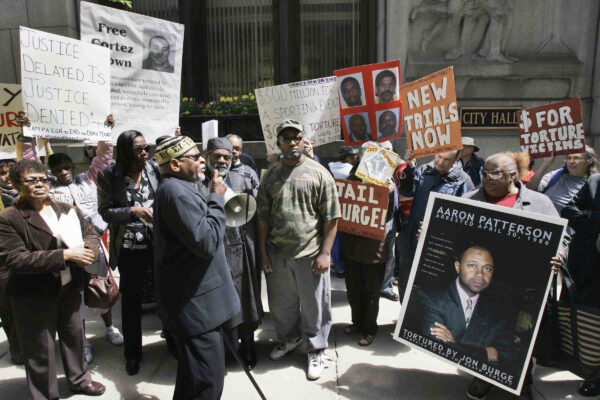Edward Baptiste, historian and author of “The Half Has Never Been Told: Slavery and the Making of American Capitalism,” writes:
“Okah Tubbee, a part-Choctaw, part-African teenager enslaved in Natchez, remembered his first time under ‘what they call in the South, the overseer's whip.’ Tubbee stood up for the first few blood-cutting strokes, but then he fell down and passed out. He woke up vomiting. They were still beating him. He slipped into darkness again.”
Baptiste goes on later to explain:
“(N)either their contemporaries then nor historians since have used ‘torture’ to describe the violence applied by enslavers. Some historians have called lashings ‘discipline,’ to ‘correct’ lazy subordinates’ reluctance to work. Even white abolitionist critics of slavery and their heirs among the ranks of historians were reluctant to say that it was torture to beat a bound victim with a weapon until the victim bled profusely, did what was wanted, or both. Perhaps one unspoken reason why many have been so reluctant to apply the term ‘torture’ to slavery is that even though they denied slavery’s economic dynamism, they knew that slavery on the cotton frontier made a lot of product. No one was willing, in other words, to admit that they lived in an economy whose bottom gear was torture.”
Reparations are part of the process of revealing and exposing pain, violence, and misery made invisible. Reparations are an act of making conscious that which is denied name, denied voice, denied existence. Reparations, this side of revolution and after, are part of making possible a world where such violence is lessened and eventually eradicated. Reparations are also the acknowledgment that the consequences of trauma are complex, compounded, and have ripple effects across generations and communities. Therefore, the responsibility of the state to state-sanctioned violence must be vast, complex, and generational in its application.
The inclusion of a center dedicated to the psychological consequences of police torture and violence is a core part of the Chicago reparations ordinance, and it provides a glimpse into what a possible reparations plan for descendants of the slave trade could look like in the United States. By offering counseling in the traditional one-on-one model — as well as non-traditional methods, which reflect the center’s community counseling model through a politicized lens — the Chicago Torture Justice Center situates collective healing as part of a political, individual, familial, and community process that is not separate from existing political paradigms. Instead, it acknowledges that co-existing struggle for justice is a necessary and vital component to eradicating harm and fostering integration from traumas, which then enable the creating of spaces for healing to occur.
Descendants of the trans-Atlantic slave trade hold trauma within our bodies and our communities, which are then forced into suppression through continued unequal conditions that produce racialized disparities and poverty. Addressing these structural, governmental, and policy realities must be part and partial to any discussion of reparations, for as long as mass incarceration and policing exists, continued racialized state oppression will continue to enact further trauma producing ever further need to create reparative solutions. A first significant act of reparations for descendants of slavery is to abolish prisons and policing, which exist as some of the most dramatic sites of racialized present-day violence today.
CPD torture survivors Ronald Kitchen, Stanley Howard, Marvin Reeves, and Mark Clements, authors of the book, “Tortured by Blue: The Chicago Police Torture Story,” write:
“Burge and other cops in Chicago have long known they could do whatever they wanted to black men and anyone in the black community; however change is coming now, and justice cannot continue to be denied and delayed. Except for the short prison term Burge served, all the other torturers, city and police officials, prosecutors and judges got away with either participating in, turning a blind eye to, or covering up the torture scandal. It is our collective hope that history will continue to expose and shine light on their involvement in helping to create one of the largest police corruption scandals in US history.”




